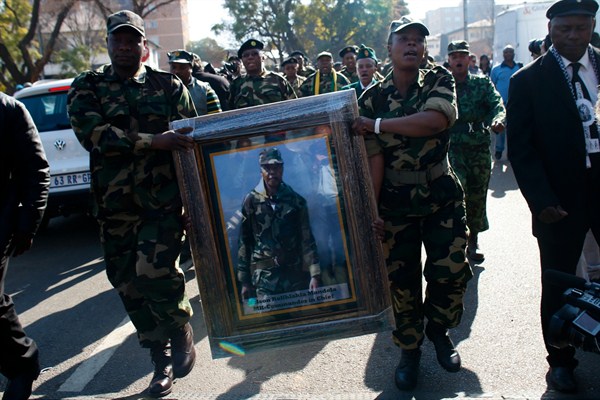Former Iraqi leader Saddam Hussein’s devastating military defeats in 1991 and 2003 demonstrated that taking on the U.S. military in conventional battles is a very bad idea. Knowing that, some of America’s adversaries, like Russia and Iran, turned to what security experts call the “gray zone”—methods that relied on proxy forces, psychological warfare and other provocations at a level that would not compel U.S. intervention. Extremist groups like al-Qaida, the Taliban and the self-styled Islamic State cannot muster the resources for full-on gray zone aggression even if they wanted to. This has forced them to rely on insurgency instead. Luckily for the United States, they’ve been doing it wrong.
As U.S. military doctrine explains, insurgency is a strategy that uses “a mixture of force, propaganda, subversion, intimidation, and political mobilization ... to exhaust and discredit the governing political authority, undermining its support and breaking its will without necessarily decisively defeating its military forces.” In the classic method of insurgency developed by Mao Zedong in the mid-20th century, insurgents begin in the hinterlands, where they create a political and administrative structure designed to win public support by being less corrupt than the existing government, simultaneously gaining notoriety through guerrilla attacks and terrorism. That strategy allows them to both expand their area of control, creating a parallel state to compete with the national government, and build a conventional or quasi-conventional military to take on and even defeat government forces.
This is exactly what the Islamic State tried to do in Syria and Iraq. It nearly succeeded. The Islamic State created what it called its “caliphate,” seizing Mosul—Iraq’s second-largest city—and threatening Baghdad. But with extensive external support from Iran, the United States and other nations, the Iraqi government was stabilized and, after a long, bloody and grinding campaign, is now close to driving the Islamic State out.

